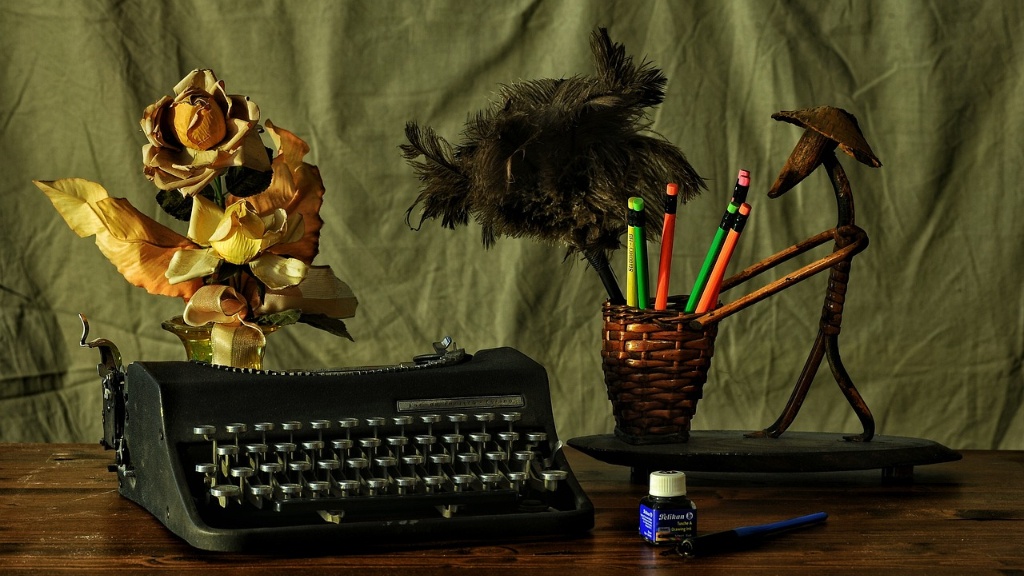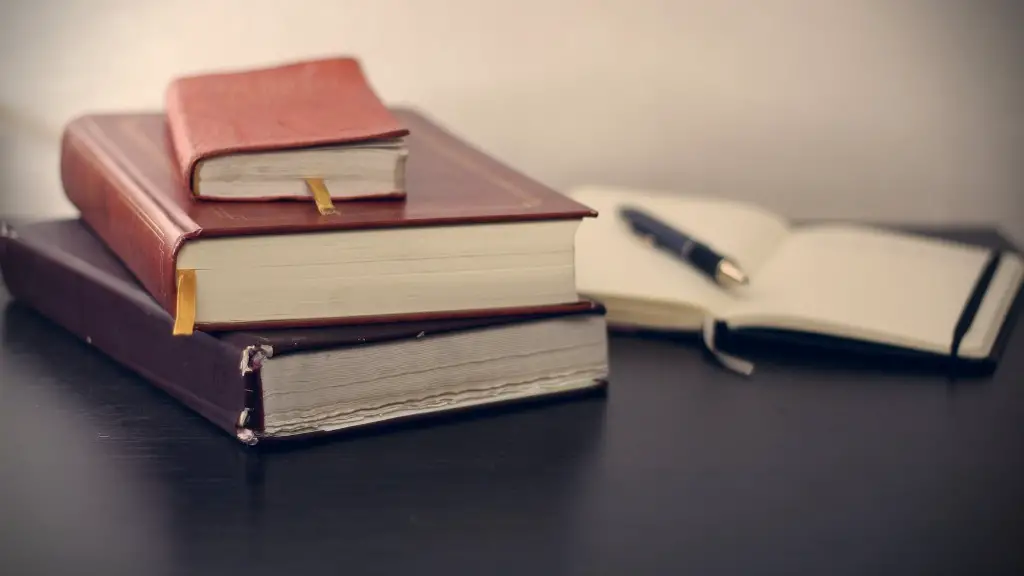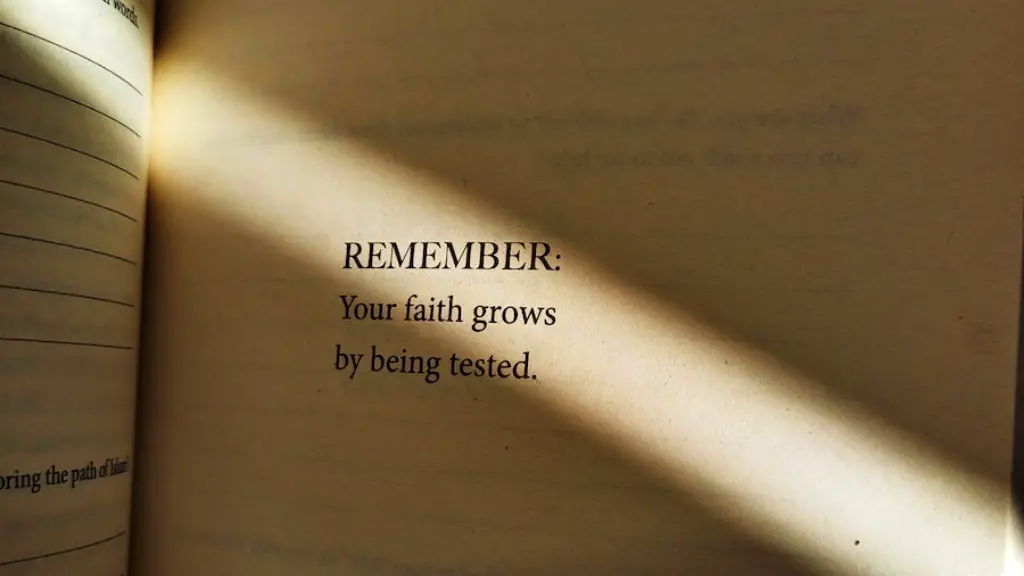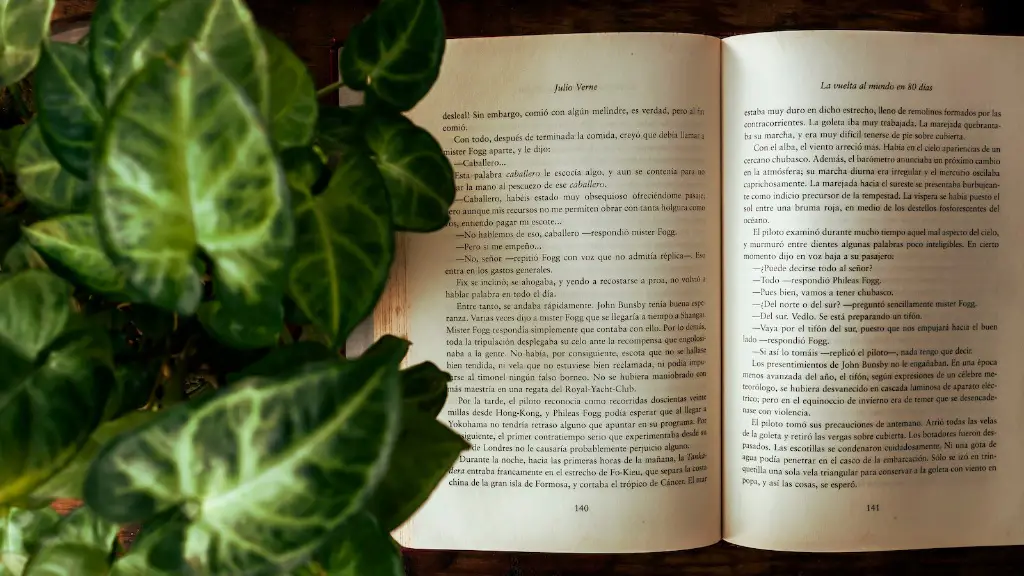Rhyme and Meter
Poetry is often said to be the most intricate and expressive form of written expression. It is composed of words charged with emotion, imagery, and vivid descriptions that can have a powerful impact on readers of all ages. While poetry has many features that draw readers in, two of the most essential characteristics of poetry are rhyme and meter.
Rhyme is defined as a repetition of the same sound in two or more words. The repetition of those sounds helps to create a pattern and give the poem structure, while also drawing readers in and engaging them in the text. Rhymed words can be found within the same lines, or they can be placed at the end of two separate lines. Rhymed words can also be spilt apart by different lines, and this type of rhyme is known as an ‘internal rhyme’. While rhyme is not necessary for a poem to be considered poetry, it does remain one of the most important aspects of poetry.
Meter, or ‘metrical feet’, is the most basic element of a poem’s construction. Meter describes the pattern of the poem based on the timing of stressed and unstressed syllables. While poetry does not have to have meter in order to convey emotion or have an impact, meter is an important characteristic that helps to shape a poem’s structure and create rhythm. Meter is measured in terms of ‘feet’ and each type of meter has its own specific name. For example, ‘iambic pentameter’ has five feet (or five sets of two syllables in each line) where the first syllable is unstressed and the second syllable is stressed.
Language
Language is one of the most significant features of poetry. While some poets use everyday language, others use more abstract or archaic words. But, regardless of the language used, the words chosen must be carefully crafted in order to convey the poet’s intended message. Poets use language to build imagery, intertwine abstract ideas, and intrigue readers. In the same vein, poets use language to evoke emotion and stimulate the senses. Writers may employ sensory details and vivid descriptions to create a compelling narrative that connects with their readers. In addition, poets can use language to create a sense of cadence, which can add texture and depth to the poem, while also offering a deeper understanding of the main idea.
Structure
The structure of a poem is an important characteristic that helps a poem come together. For example, lines, stanzas, and rhyme schemes are all aspects of a poem’s structure that help to create a sense of order and organization. In addition, the structure of a poem can also help to highlight important ideas, relationships between words, and structural elements such as rhyme. For example, when a poet writes a poem with repetition, they are creating a structure that helps to emphasize their point. Structure is also important for the flow of a poem. For readers, structure helps them to understand the poem from start to finish without having to go back and reread the poem in order to understand the main idea.
Imagery
Imagery is another essential characteristic of poetry. Imagery is the use of words and phrases to evoke certain images and feelings within the reader. Poets use imagery to show rather than tell; they create a powerful mental image that readers can connect to in order to understand the poem more deeply. Imagery also has the power to capture the reader’s attention and draw them into the poem. Images can be created through descriptions of certain objects, characteristics of a person, or events within the poem. The images created can be used to comment on a variety of themes, while also helping to shape the way in which readers interpret the poem.
Theme
A poem’s theme is one of its most recognizable characteristics. Themes are ideas or topics that are explored and explained within a poem. These topics are used to communicate the poet’s message and allow them to connect on a more personal level with their audience. It is important to note that themes are often implicit in a poem and may not be immediately evident. It is up to readers to consider the poem holistically and uncover the underlying message that the poem may be trying to convey.
Symbolism
Symbolism is another major characteristic of poetry. Symbols are often used to represent deeper concepts or feelings, while also helping to convey the poet’s message in a more creative manner. Symbols can be objects, places, or characters within the poem that are used to convey a certain emotion or sense of meaning. These symbols can be interpreted in a multitude of ways, allowing readers to draw their own conclusions about the poem’s overarching message.
Personification
Another important characteristic of poetry is personification. Personification is the act of attributing human characteristics to non-human things. This can include inanimate objects, animals, or even abstract ideas. Personification provides a unique way of viewing a subject, while also allowing a reader to connect with the poem on a more emotional level. For example, a poet might personify a river in order to discuss the idea of a journey.
Figurative Language
Figurative language is an important characteristic of poetry. Figurative language is the use of language that is not literal in order to create a certain effect. This includes metaphors, similes, hyperbole, and other means of expressing figurative language in order to convey the poet’s meaning more effectively. Figurative language is used in poetry because it often conveys more intense emotions and creates vivid images in the reader’s mind.
Music and Rhyme
Music and rhyme are also essential characteristics of poetry. Rhyme can be used to draw attention to particular words and to create a sense of flow, while at the same time building imagery and enticing the reader. The use of music is also extremely important in poetry. Music in poetry can be used to set the tone for the poem, evoke emotion, or to create a sense of joy or sorrow. The ability to incorporate music into a poem is a powerful tool that can be used to create an impactful emotional response within the reader.
Allusion
Allusion is another common characteristic of poetry. An allusion is an indirect reference to a person, place, or event that is made in order to connect with a certain audience. Allusions can be used to comment on current events or to draw attention to certain ideas or themes. The purpose of allusions is to create an emotional connection with the reader, while also providing an interesting and engaging topic for the reader to explore.
Metaphor
Metaphor is the most widely used type of figurative language and is a key component of poetry. A metaphor is a figure of speech in which a comparison is made between two unlike things. For example, one might compare a blossoming flower to a storm. Metaphors are often used to create vivid images in the reader’s mind and to convey complex ideas in a simple and elegant way.
Sound Devices
Sound devices are an important characteristic of poetry. Sound devices are words, phrases, or combinations of words that create a certain sound effect. Examples of common sound devices include assonance, consonance, and alliteration. Sound devices are often used to create rhythm, to emphasize certain words, or to evoke emotions and feelings within the reader.
Free Verse Poetry
Free verse poetry is a form of poetry that dispenses with traditional rules regarding form and meter. This type of poem is characterized by a lack of strict structure or rhyme, and instead is focused on images and ideas. Free verse is often created spontaneously, without any pre-determined plan or outline, and it can be used to express a wide range of emotions and ideas.



